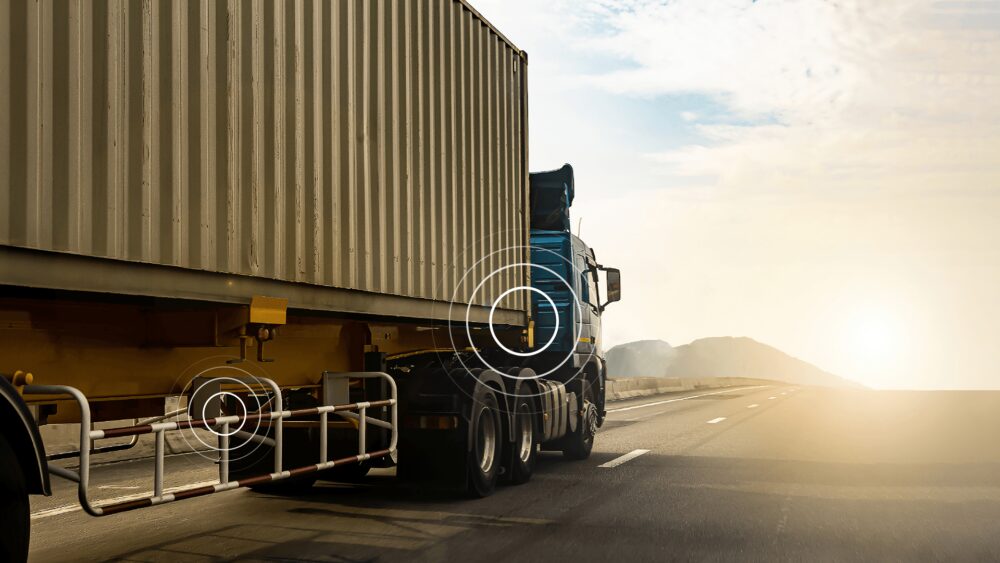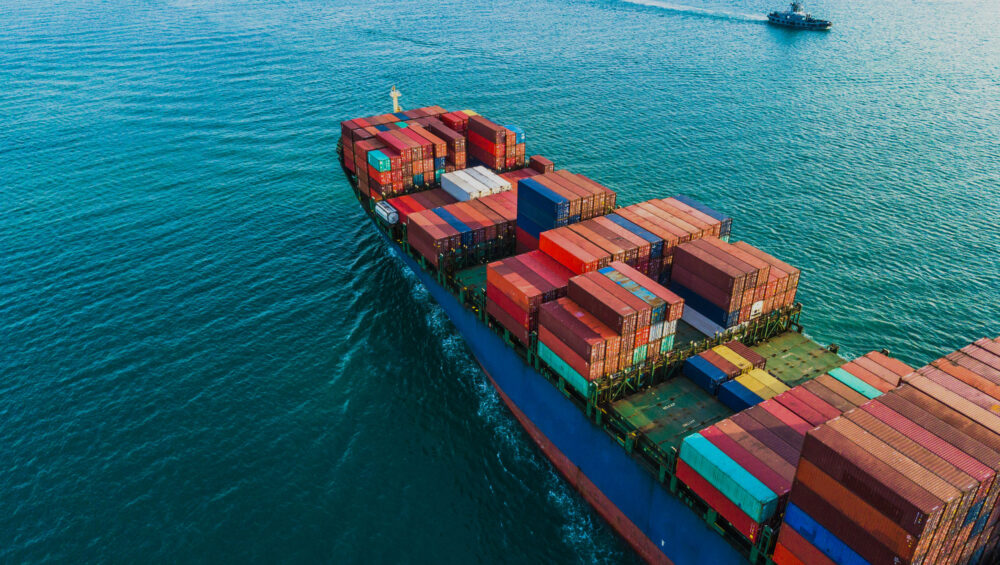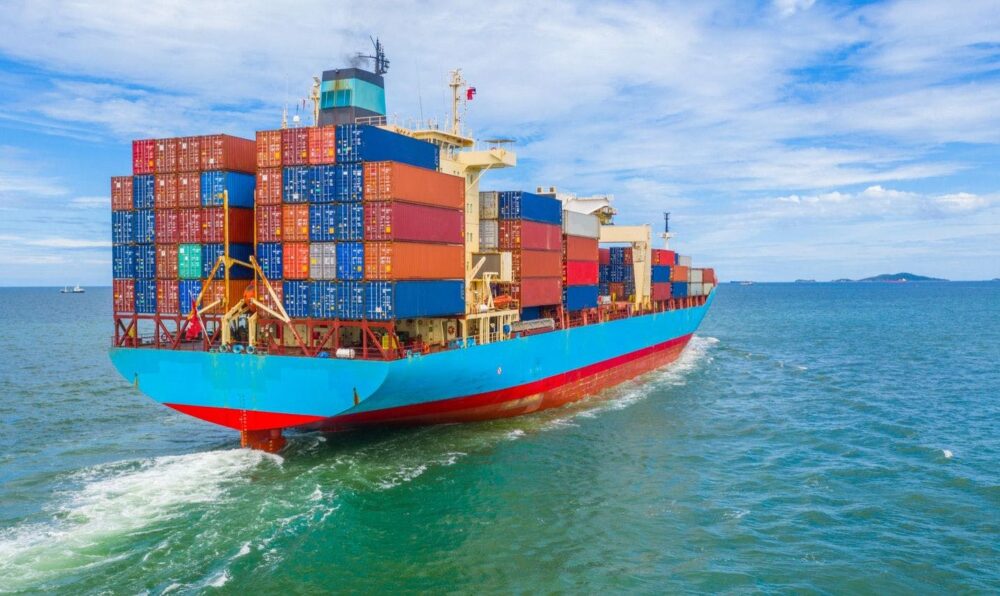Keeping a vigilant eye on your shipped goods during their journey is no longer a wishful dream; it’s a fully-realized reality. Thanks to the leaps in technology, we are able to maintain a watchful gaze, even from the comfort of our homes.
In this comprehensive guide, we’ll examine a host of strategies and steps that are integral to efficient cargo tracking. Navigating through the complexity of these systems, we’ll look at the entire process in a step-by-step manner.
Choosing a Method

Source: netprogps.com
Determining the method that aligns with your needs is the foundation of your cargo tracking journey. Traditional methods include manual tracking through documents and logbooks, but these are becoming obsolete in the face of technology.
Today, digital solutions like online systems, mobile applications, and GPS devices have taken center stage, each with unique benefits. Your choice should align with the size of your cargo, frequency of shipping, and available resources.
On the other hand, your choice could be driven by the level of visibility you desire. If you need real-time updates, GPS devices, and mobile apps might be more suitable. However, if you’re content with periodic updates, online tracking systems may be sufficient.
Remember, the method you choose should be efficient, affordable, and user-friendly. These considerations will ensure you’re choosing the right method for your needs. A great place for your cargo tracking is https://www.divinetrans.com/page/global.
Gathering Essential Information
Before the commencement of your cargo’s journey, you should arm yourself with all the necessary details. Typically, this includes the shipment’s unique identification number (or tracking number), the estimated date of arrival, and the route the shipment will take. Having this data at your fingertips will simplify the tracking process and reduce potential anxiety.
Secondly, understand the key terms used in cargo tracking. Familiarize yourself with phrases such as “bill of lading,” “container number,” and “waybill.” Knowing the language of logistics will empower you to communicate effectively and understand the status of your shipment. Additionally, gather contact details of the shipping company for any troubleshooting during the journey.
Tracking Your Cargo Online
Source: transcocargo.com.au
Internet-based tracking is a popular and efficient method for keeping an eye on your cargo. To utilize this, log into the shipping company’s website, find the tracking portal, and input your unique tracking number. This will give you access to the location and status of your shipment.
On another note, online tracking portals often offer additional features. You might be able to view historical data of past shipments, receive notifications about changes in delivery dates, or even get alerts about weather conditions that could affect your cargo. Leverage these functionalities to stay on top of your shipment’s journey.
Using Mobile Apps
The digital age’s revolution extends to your smartphone, allowing you to track your cargo on the go. Many shipping companies offer dedicated apps that are more user-friendly and convenient than their websites. After downloading the app and registering your details, you can easily input your tracking number and receive updates.
On top of that, many of these mobile applications also offer advanced features. You can set up automatic updates that will alert you about your cargo’s progress or any potential delays. Some apps may even provide an estimated arrival time based on real-time location data, ensuring you’re always in the loop.
Utilizing GPS Devices

Source: klamathfallsnews.org
When your cargo contains high-value or time-sensitive items, you might consider investing in GPS tracking devices. These gadgets provide real-time updates about your shipment’s location, giving you unrivaled visibility. They also allow you to view the exact route your cargo is taking, which is valuable if your shipment is traveling through areas prone to theft or adverse weather conditions.
Beyond that, GPS trackers can provide data that could help optimize future shipments. They can monitor variables such as temperature and humidity, which are crucial for sensitive goods. By analyzing this data, you can make informed decisions about packaging and routes for subsequent shipments.
Contacting the Shipping Company
In spite of advanced tracking systems, sometimes it might be necessary to directly contact the shipping company. Whether you’re facing technical issues or the tracking status hasn’t been updated for an extended period, getting in touch with customer service can provide peace of mind. Remember to have your number ready, as this will expedite the process.
Yet, do not forget to respect their working hours and provide all necessary information succinctly. Proper communication can go a long way in resolving potential issues. Shipping companies typically have a team of specialists who can provide more detailed updates about your shipment’s status, as well as give advice on any further steps you may need to take.
Interpreting Updates

Source: nttdata.com
Knowing how to decipher tracking updates can be the difference between confusion and clarity. Basic status updates may include “in transit,” “out for delivery,” or “delivered.” However, other updates may not be as straightforward. For example, “exception” usually means there has been a disruption in the shipping process.
Moreover, other updates might indicate that your cargo is being held up at customs, or that there was an unsuccessful delivery attempt. By understanding these, you will be better equipped to take necessary actions promptly. If you encounter an update that you’re unsure about, don’t hesitate to contact the shipping company for clarification.
Dealing with Delays or Issues
Regrettably, even with modern tracking systems, your cargo might face unforeseen delays or issues. These can be due to a variety of factors including adverse weather conditions, customs clearance, or technical problems. Once you notice a delay or issue, it’s important to stay calm and follow the proper channels to resolve it.
It is essential to contact the shipping company as soon as possible to get more information and understand the steps needed to resolve the situation. In case of lost cargo, you might need to file a claim. Remember, patience is key as these processes may take time.
Final Thoughts

Source: jabil.com
In the rapidly-evolving landscape of global logistics, the ability to effectively track your cargo is more important than ever. By selecting the right method, gathering essential information, and understanding how to interpret updates, you can have a seamless tracking experience.
Remember, even if you face issues or delays, there are steps you can take to find a resolution. Embrace the digital revolution, and you’ll find that tracking your cargo is not just convenient, but can also offer valuable insights into your shipping practices.
Learn how software solutions can revolutionize business logistics and drive efficiency.


















